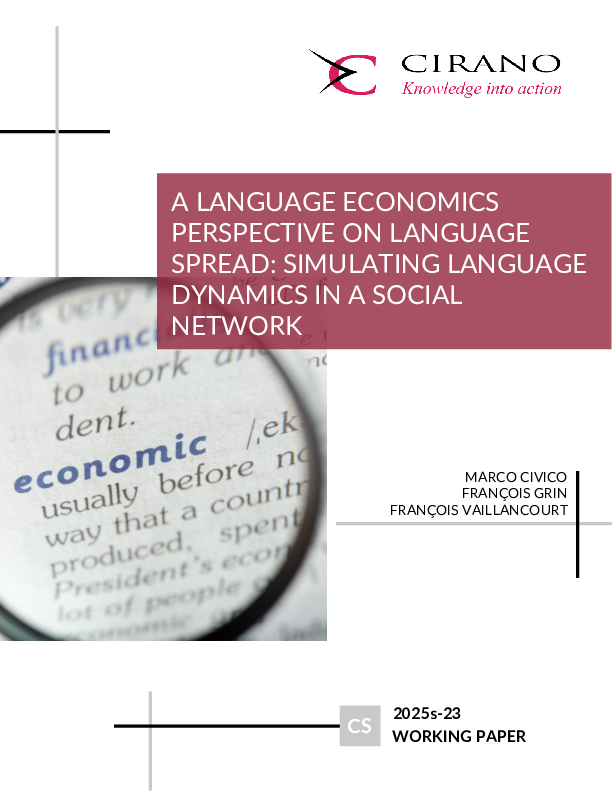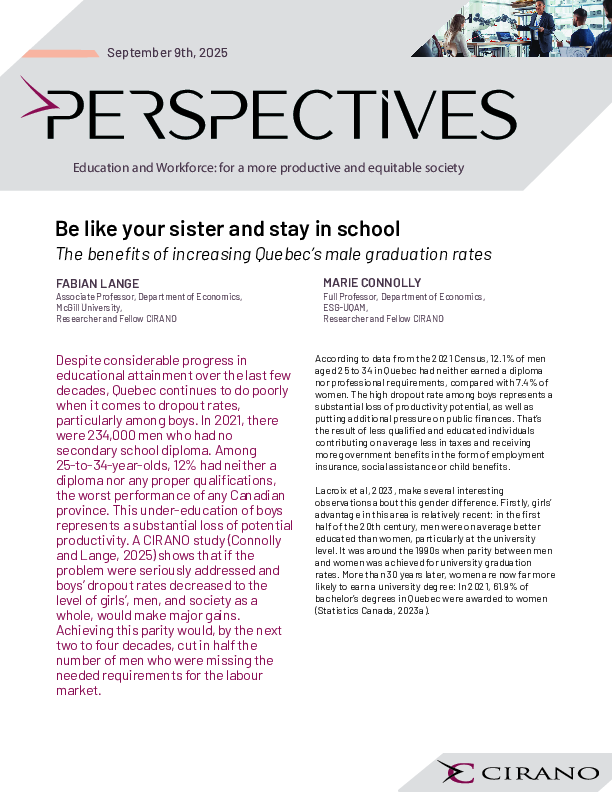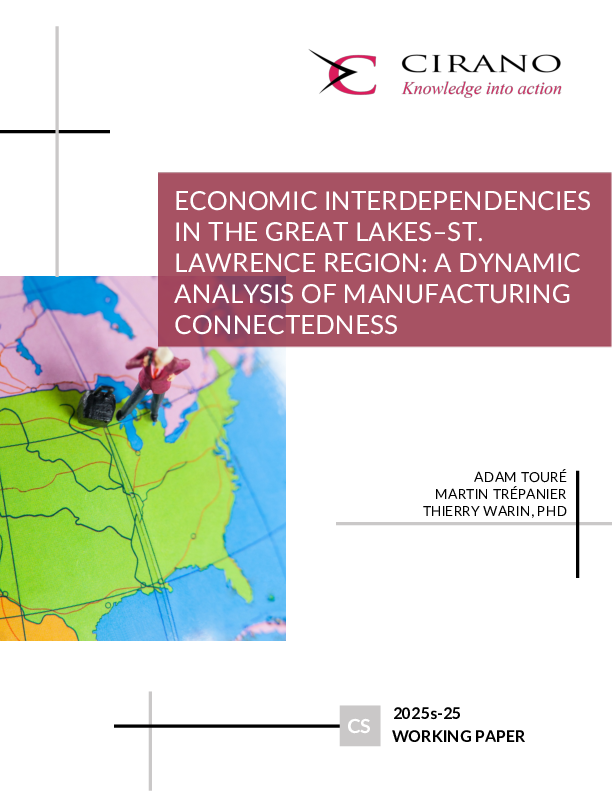A language economics perspective on language spread: Simulating language dynamics in a social network
This paper addresses language dynamics with simulations using an agent-based model (ABM). This model explores language dynamics within a social network. Simulation techniques aim to provide a formalized representation of how factors like language adoption, social influence, economic incentives, and language policies interact, impacting language preferences and fluency over time and, through them, the spread of a language. The ABM developed for this study focuses on complex interactions between agents within a dynamic system. Agents, representing entities that vary according to their level of aggregation (individuals, groups, countries), are endowed with specific linguistic attributes and engage in interactions (communication) guided by predefined rules. A pivotal aspect of our modelling framework is the incorporation of network analysis, where relationships among agents are structured as a network, allowing us to leverage network metrics and measures. The network’s dynamic evolution reflects changing inter-agent connections. By combining ABM with network analysis, we gain a nuanced understanding of emergent behaviours and system dynamics, offering insights that extend beyond traditional modelling approaches. This integrative approach proves instrumental in capturing intricate relationships and shedding light on the underlying mechanisms governing complex systems and provides an analytical framework that can be combined with data from sociolinguistic observation.




